The Ultimate First-Timer's Guide to Rome: Insider Tips for an Extraordinary Italian Adventure
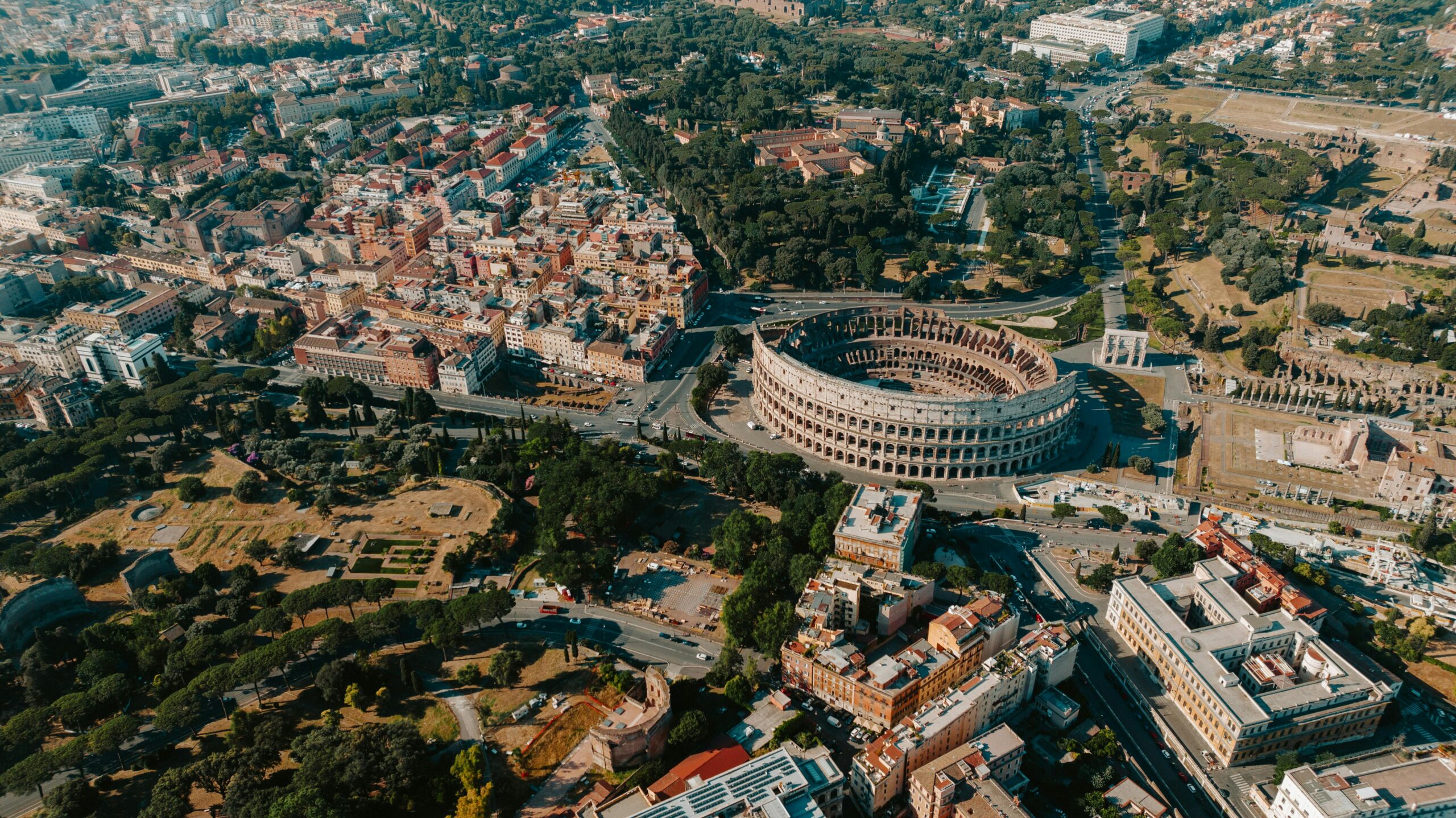
Introduction: Unlocking the Eternal City's Secrets
This comprehensive guide provides essential travel tips to help you avoid common mistakes and ensure a less stressful, more enjoyable Roman holiday. We'll reveal insider tips, money-saving strategies, and a detailed list of common tourist traps to be wary of. Whether you're planning your first visit or looking to experience Rome like a seasoned traveler, this guide is your roadmap to navigating the Eternal City with confidence.
From planning your perfect itinerary and booking key attractions to dining like a local and navigating the city's unique transportation system, this comprehensive guide serves as your cheat sheet for an extraordinary trip. You'll discover how to find hotels in rome italy cheap without sacrificing location or comfort, where to shop for authentic coins from rome as historic souvenirs, and even how to enjoy spectacular views from hidden gems like the diana roof garden rome. By the end of this guide, you will be armed with the knowledge to transform your Roman adventure from potentially overwhelming to utterly magical.
This page contains affiliate partnerships to help you discover the best deals on accommodations and travel. Your support helps us continue providing valuable travel insights!
I. Planning Your Perfect Roman Adventure: Essential Foundations
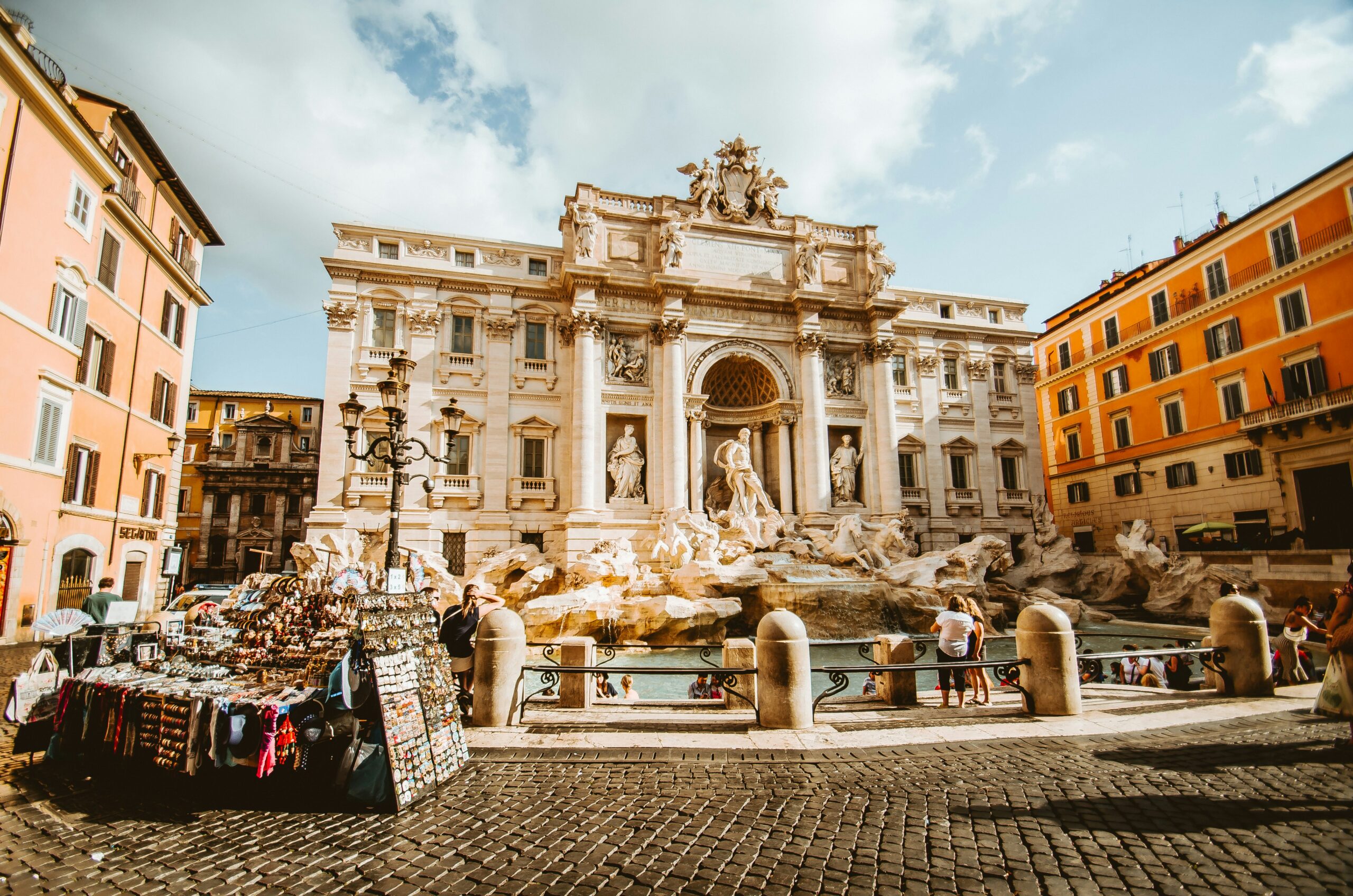
A. Choosing the Best Time to Visit Rome (and Why it Matters)
Understanding when to plan your time to rome can significantly impact your experience and budget. Each season offers unique advantages and challenges that can make or break your Italian adventure.
Fall (September–October) provides another sweet spot for visitors, offering warm days and fewer tourists compared to summer months. This season is perfect for food enthusiasts due to fresh produce flooding local markets. October particularly shines as the intense summer heat dissipates, crowds thin out compared to the peak May period, and the weather remains perfect for outdoor exploration and al fresco dining.
May often gets recognition as the "best time" to visit Rome due to its mild climate and pleasant temperatures that are perfect for outdoor activities. The weather creates ideal conditions for walking tours, rooftop dining, and those memorable sunset moments overlooking the city's ancient skyline.
B. How Many Days Do You Really Need in Rome?
The duration of your Roman holiday significantly impacts both your experience and budget planning, especially when considering hotels in rome italy cheap options and attraction bookings.
C. Where to Stay in Rome: Finding Your Perfect Neighborhood
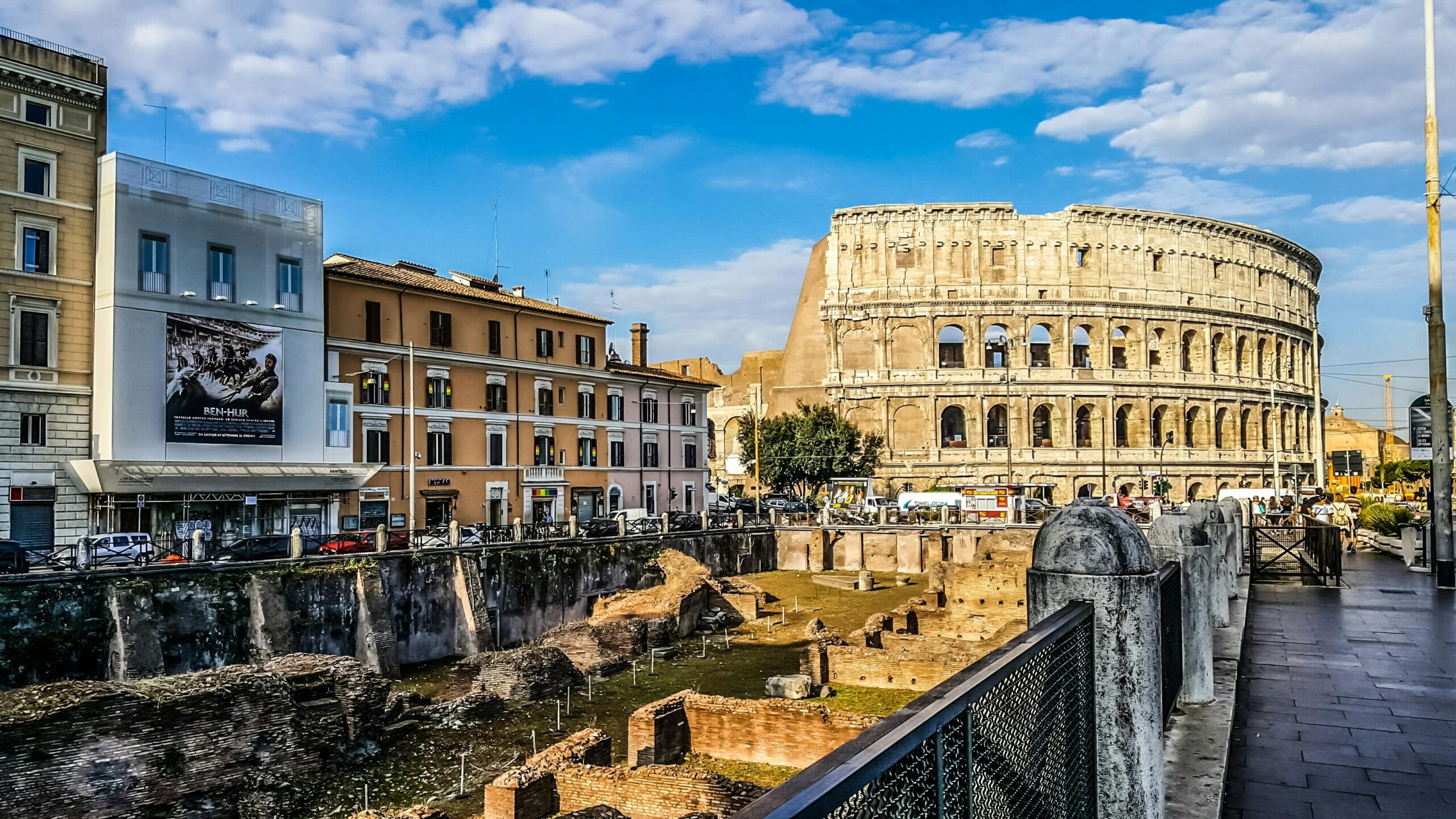
Your accommodation choice significantly impacts your Roman experience, affecting everything from daily transportation costs to dining options and evening activities.
Campo de' Fiori stands out as a lively and central location, offering easy access to all Rome's top attractions without being overwhelmed by tourist crowds. This neighborhood provides excellent value, particularly when searching for hotels in rome italy cheap, while maintaining authentic Roman character.
Trastevere charms visitors with authentic Roman restaurants and vibrant nightlife that attracts both locals and savvy travelers. Despite being within comfortable walking distance of major sights, it maintains a distinct identity separate from tourist-heavy areas.
II. Rome's Iconic Landmarks: Booking & Experiencing the Must-Dos
🏨 Best Hotel Deals in Rome
A. The Unmissable Duo: Colosseum & Vatican City
Rome's two most essential attractions now require advance booking to avoid disappointment and hours-long lines. Vatican Museum lines can stretch around entire city blocks by 9 AM, making planning crucial for your time to rome.
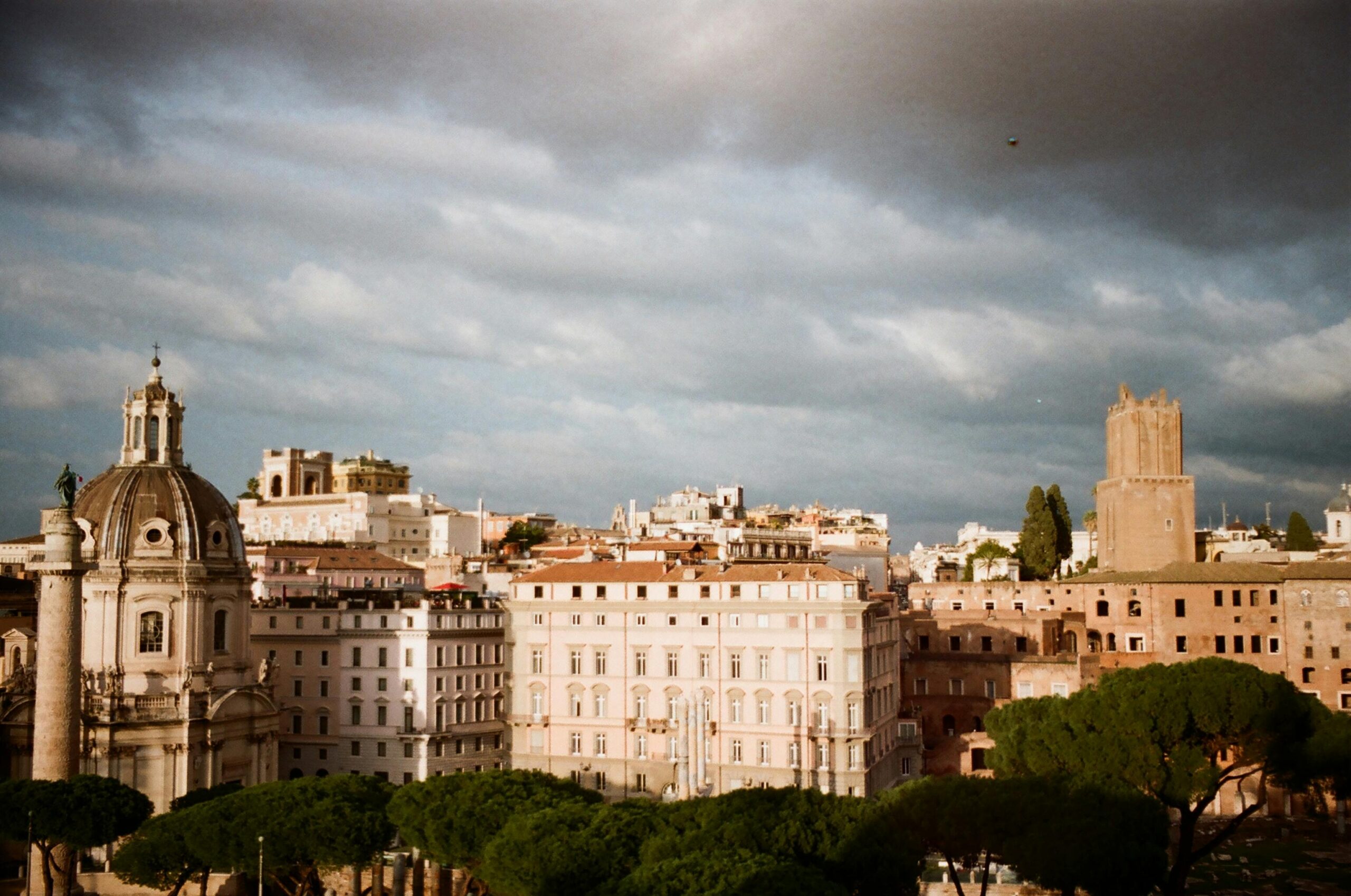
Vatican City planning requires skip-the-line tickets for the Vatican Museums, Sistine Chapel, and St. Peter's Basilica. Early morning entries prove even more valuable for beating crowds and capturing better photos. Remember that Vatican Museums close on Sundays, affecting your itinerary planning.
B. Other Essential Roman Icons
The Pantheon represents Roman architectural mastery as a former temple with immense historical significance. Best of all, entry remains completely free, making it perfect for budget-conscious travelers seeking hotels in rome italy cheap who still want premium experiences.
Trevi Fountain exceeds expectations with its incredible scale and intricate baroque details. Follow tradition by tossing coins from rome over your shoulder – legend promises return to Rome, finding romance, or marriage depending on the number of coins thrown. All donated coins support local charity for the homeless and needy.
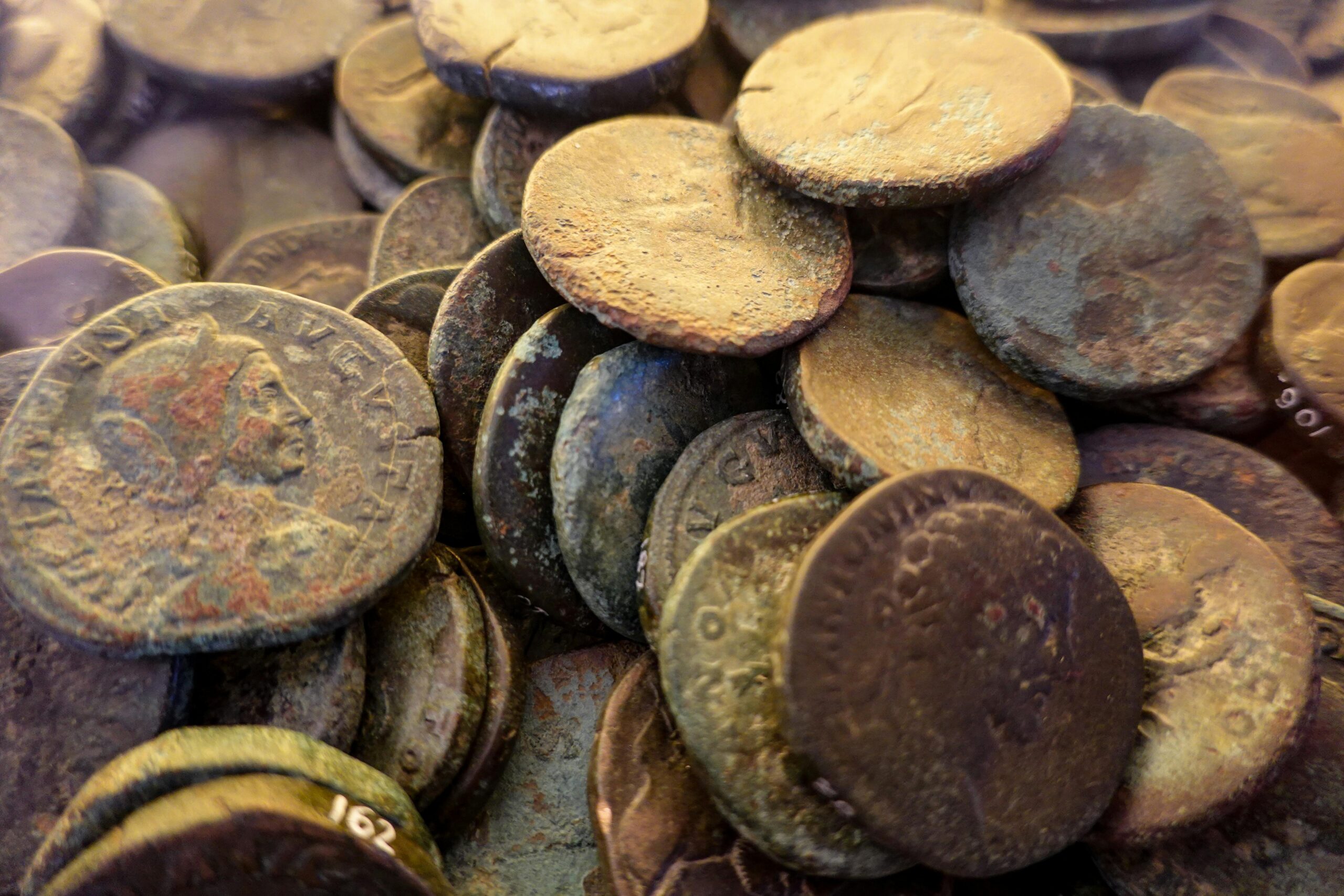
III. Navigating Rome Like a Seasoned Local: Practical Tips
A. Getting Around Rome Efficiently
Walking remains the best way to experience Rome truly, as every alley leads to something older, more beautiful, or more interesting than expected. Invest in comfortable shoes designed for uneven cobblestone streets that can challenge even experienced walkers.
For visitors arriving on those popular flights to rome italy from manchester uk, be particularly cautious at airports and train stations where tired travelers become easy targets for various scams and overpriced services.
✈️ Find the Best Flight Deals
B. Smart Money-Saving Hacks & Essential Prep
Daily Budget Breakdown for Rome
Public water fountains (Nasoni) represent one of Rome's best-kept secrets for budget travelers. These small gray spouts dispense free, clean, cold, drinkable water throughout the city. Filling a reusable bottle saves significant money since bottled water can cost €4 while reducing environmental plastic waste.
Carrying coins from rome serves practical purposes beyond souvenirs. Public restrooms typically cost €1 with no change given, and some small cafés maintain minimum charges for card payments. Having various denominations avoids minor frustrations throughout your stay.
C. The Art of Roman Dining
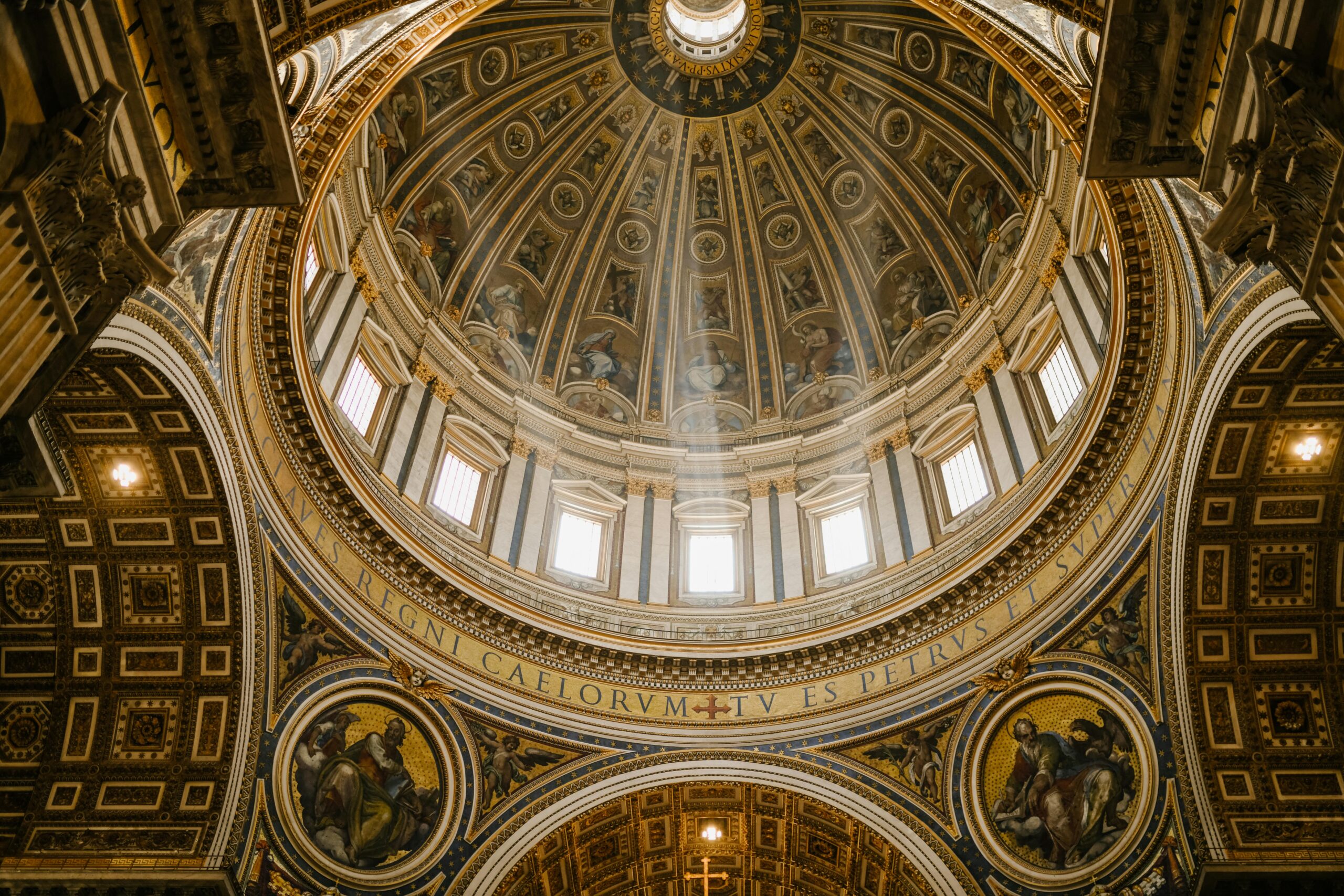
Avoiding tourist trap restaurants requires developing keen observation skills. If restaurant menus display photos or aggressive staff actively try pulling you inside, simply keep walking. You'll find significantly better and often cheaper food just two or three blocks away from major sights.
Dining like locals means eating late – restaurant kitchens don't hit their stride until after 8 PM, and dining later helps avoid eating solely with tourists. Embrace this cultural rhythm for authentic experiences.
IV. Beyond Rome: Day Trips & Further Italian Exploration
A. Recommended Day Trips from Rome
Pompeii & Amalfi Coast combinations rank among the most popular and highly recommended day trip options, offering dramatic contrasts between ancient history and stunning coastal beauty. These trips require early departure but provide extraordinary experiences of both archaeological wonder and Mediterranean splendor.
For those seeking spectacular views and unique experiences, consider visiting the diana roof garden rome, which offers breathtaking panoramic vistas of the city's ancient skyline, providing perfect photo opportunities and a peaceful retreat from the bustling streets below.
Frequently Asked Questions
How many days should I spend in Rome for a first-time visit?
Planning at least three to four days allows you to see highlight attractions like the Colosseum and Vatican Museums while also enjoying leisurely meals and local exploration.
How do I get from Fiumicino Airport to Rome city center?
The fastest transfer is the 32-minute Leonardo Express train to Termini Station. Pre-booking a private car also offers comfortable door-to-door service, particularly valuable after long international flights.
Do I need cash in Rome, or is card payment widely accepted?
Credit cards are accepted nearly everywhere, but it's wise to carry some euros in coins for public restrooms, small cafés with minimum charges, and practical daily needs throughout your Roman adventure.
When searching for coins from rome as authentic souvenirs, avoid overpriced tourist shops near major attractions. Instead, visit local numismatic shops in residential neighborhoods or reputable antique markets for genuine historical pieces at reasonable prices.
For more travel inspiration and detailed guides, visit Summer Affi Travel and explore comprehensive travel resources at Lonely Planet Rome.
FAQs about the Best Time to Rome
What is the best time to Rome for fewer crowds?
The best time to Rome with fewer tourists is during the shoulder seasons – late spring and early autumn.
Is summer the best time to Rome?
Summer is not the best time to Rome if you prefer cooler weather, but it's great for events and vibrant nightlife.
